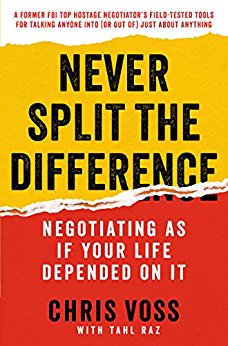
Consider the eventual consensus Proof-of-Stake (PoS) blockchains under the longest-chain rule such as Ouroboros, Ouroboros Praos, Sleepy Consensus, Snow White, etc. All existing analyses use a sub-optimal honest majority assumption in that if multiple honest nodes win the block-creation lottery in the same round, the analysis either treats it as a bad event or, at best, a neutral event.
In our paper, we put forth a consistency analysis that takes advantage of these events and thus achieves an asymptotically optimal consistency error under the optimal honest majority assumption; this is a first in the literature. The analysis applies to both synchronous communication and communications with a bounded delay.
This improvement is important since a sub-optimal honest majority assumption leads to weak security parameters for the blockchain system. The paper is going to appear at the prestigious conference IEEE ICDCS 2020. We posted the full version of our paper at https://eprint.iacr.org/2020/041.



